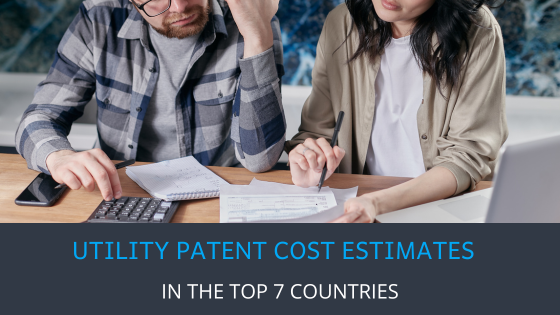
Startup IP Strategy
Latest News and Articles
Menu

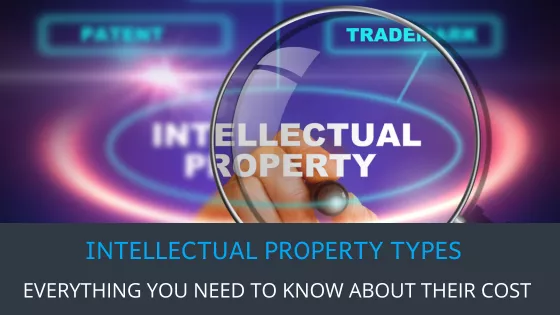
4 Types of Intellectual Property & Related Costs
January 30, 2025
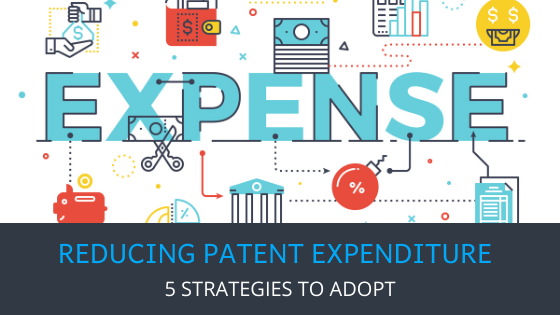
5 Strategies To Reduce Patent Expenditure
June 20, 2024
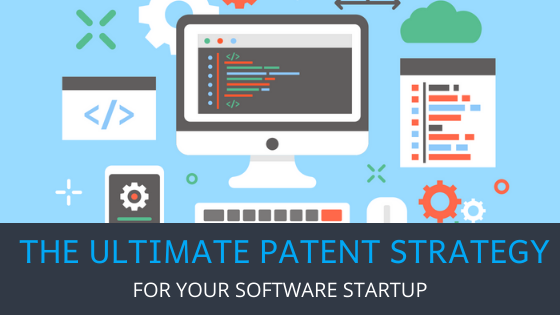
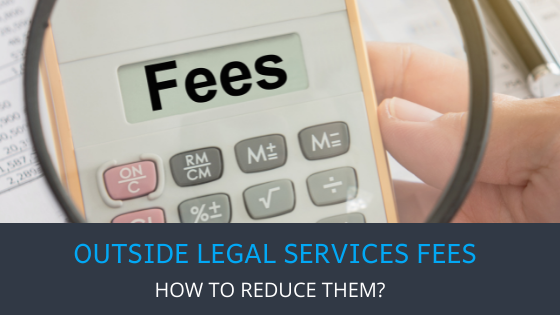
How Can You Reduce Your Outside Legal Services Fees?
June 1, 2024
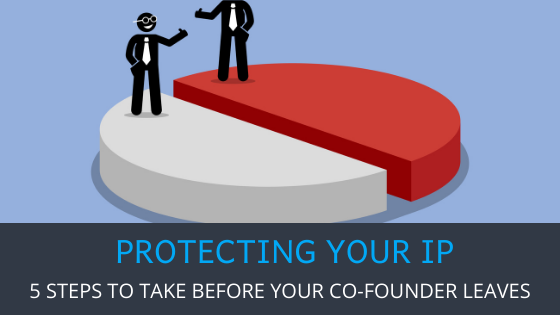
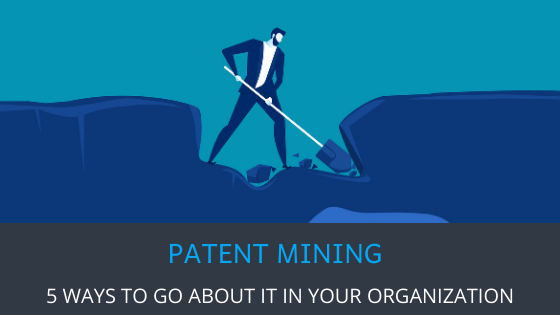

Use Cases
Innovation Toolkit
Learn Innovation Management
Standalone Tools
© 2025 Triangle IP, Inc. | All Rights Reserved.
